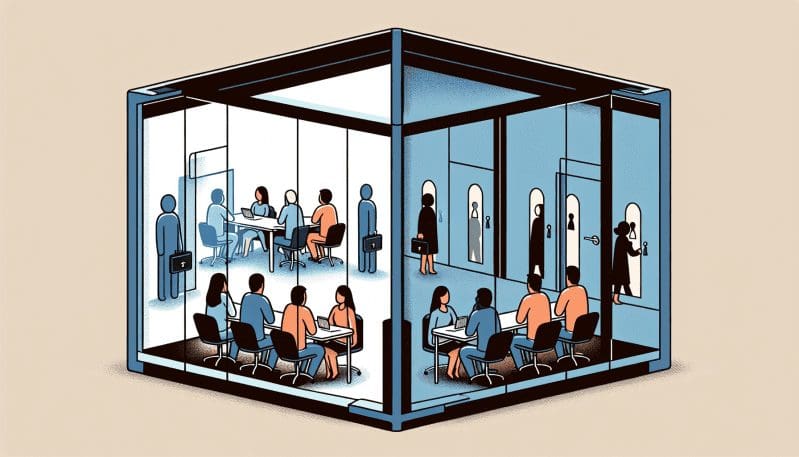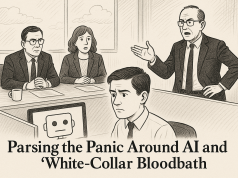In recent years, the workplace has become a crucible for communication experimentation, with digital technology enabling a level of transparency once unthinkable. As an International Labor Expert, my observations have highlighted the profound shifts in how we exchange information among peers, supervisors, and subordinates. This metamorphosis is not without its frictions; as the walls of privacy are dismantled, the promise of trust faces the specter of tension. In this exploration, we will dissect the phenomenon of hyper-transparency in workplace communication and the reverberating effects on the pillars of trust, privacy, and interpersonal dynamics.
The advent of digital platforms has significantly altered our workplace interactions. Tools such as Slack, Microsoft Teams, and Asana have made communication instant and pervasive, challenging traditional hierarchies and enabling a flat structure of information flow. Remote work, spurred by global events such as the COVID-19 pandemic, has further entrenched these tools as indispensable parts of our work lives, often blurring the boundaries between professional and personal spheres.
The push for transparency is a double-edged sword. On one side, it can demystify the decision-making process, align employees with company goals, and foster a culture of open feedback. For example, companies like Buffer have embraced radical transparency, sharing everything from salaries to strategic pivots publicly, to largely positive effect. On the other, it can lead to information overload, reduce the space for private deliberation, and exacerbate workplace stress.
Expert opinion is divided. Some argue that a transparent culture can prevent office politics and empower employees, while others caution that too much openness can erode the sense of safety employees feel when voicing dissenting opinions or admitting to mistakes. Research into organizational behavior suggests that the impact of transparency is contingent on the context and execution. A study by Harvard Business Review, for example, points out that while transparency in goals and strategies promotes engagement, too much financial transparency can create anxiety among employees.
Finding the right balance between transparency and discretion is crucial. Leaders must navigate the fine line where open communication supports engagement and innovation without compromising individual autonomy. The key is to establish clear policies that define what should be shared and what should remain confidential, and to ensure these policies are consistently applied. Training employees on effective communication and digital etiquette also plays a pivotal role in maintaining workplace health.
In conclusion, as we chart the evolving landscape of workplace communication, it is clear that while hyper-transparency can build trust when managed responsibly, it can also introduce tension if not tempered with respect for privacy and individual boundaries. I encourage our readers to reflect on their experiences and consider how their workplace communication policies measure up to the ideals of trust and respect in the twenty-first century. As we stand at the crossroads of tradition and innovation, our collective challenge is to harness the tools and philosophies of transparency to create workplaces that are not only productive but also empathetic to the diverse needs of our workforce.




























